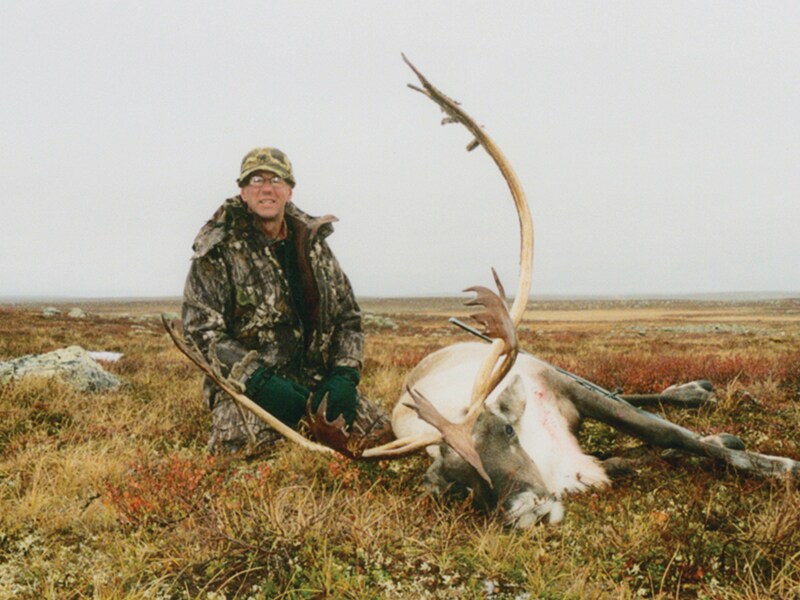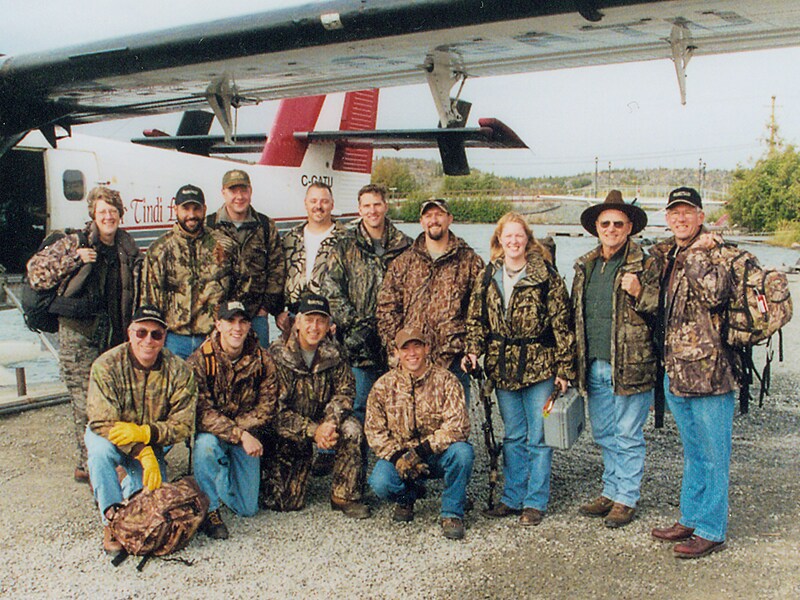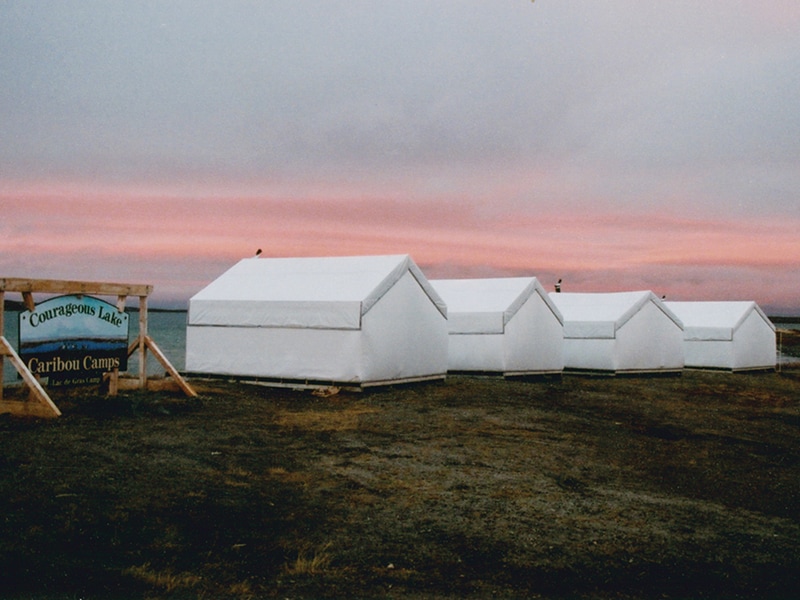The Great Caribou Hunt

The adventure began as our hunting party of thirteen flew in from around the country to our jumping off point, Yellowknife, capital of the Northwest Territories, Canada. We boarded a float plane the following day and flew a couple hundred miles northeast, finally landing on a big lake next to camp. For the next seven days, we hunted. There are five sub-species of caribou; the largest and most plentiful is the Barren Ground, living in Alaska and the northwest part of Canada – it was the Barren Ground we were after. Most of us had never hunted caribou, but soon mastered the language of caribou antlers – bezes, shovels, and tops.
Three things stick in my mind from this hunt: a diamond mine, the long, dangerous boat rides at day’s end and the great joy of sharing camp with twelve other people – family and friends.
Diamonds might be the last thing on your mind when caribou hunting, but unquestionably they’re there; we could see the lights of the giant Ekati Diamond Mine each evening – a few miles north of camp. Matt Fleming and I came back from the west end of the lake one evening after dark and watched the eerie glow of the lights from

the mine complex during the entire boat ride.
Our camp was on the south side of the lake and each morning we would load into the boats in pairs and go to a vantage point where we could see the surrounding country. The west end of the lake was an hour away and provided one of those vantage points; I went there twice. Each day, the wind came up out of the east and we fought tough, scary waves all the way back to camp.
Now the water that far north never really warms up; my guess is that it was 30 something degrees. Word was that if the boat flipped on a wave and you went into the water, hypothermia would get you before you made it to shore. The life vests were referred to as “body recovery devices.” Daughter Sara and I were on that ride and I kept thinking that if the boat capsized we should tie ourselves together, so they could recover both of our bodies. That was the most memorable part of the trip.
Our group was the last hunt of the season, before the lake froze up. We all shot two caribou each and gladly but sadly left camp and headed home.

